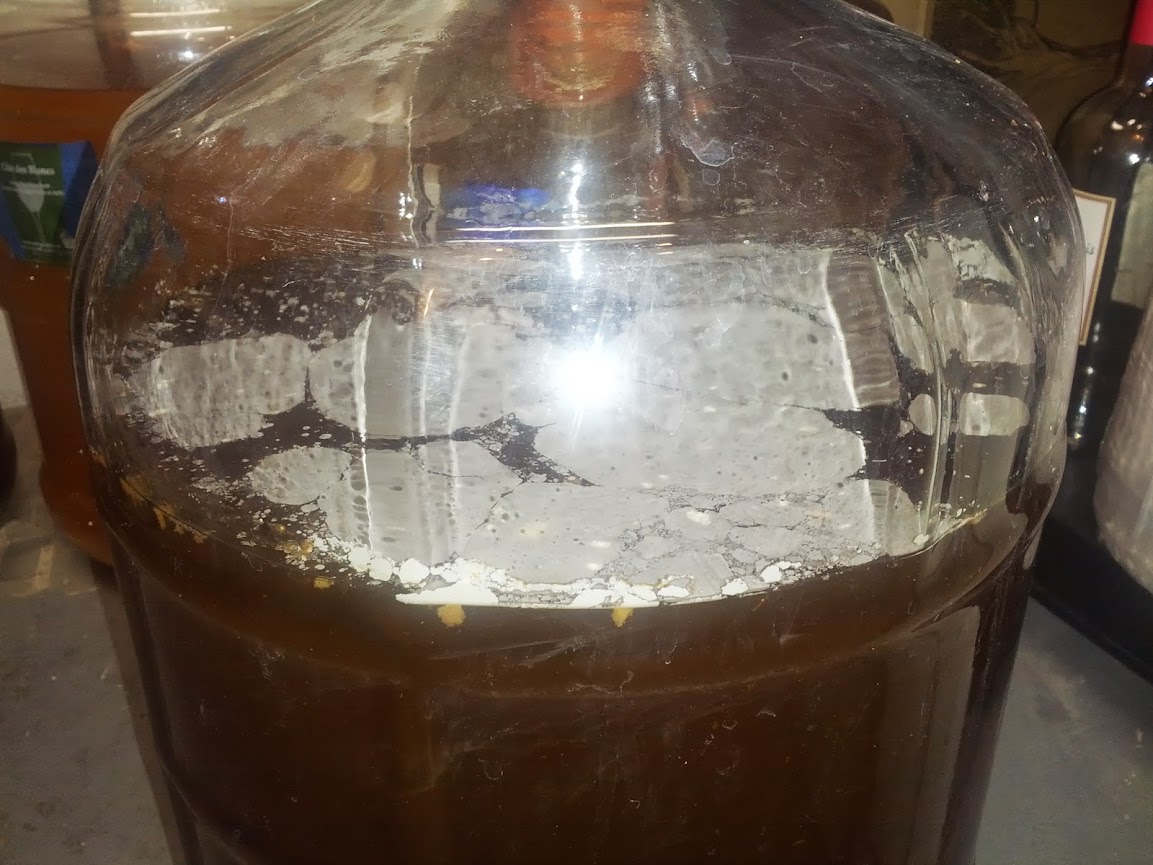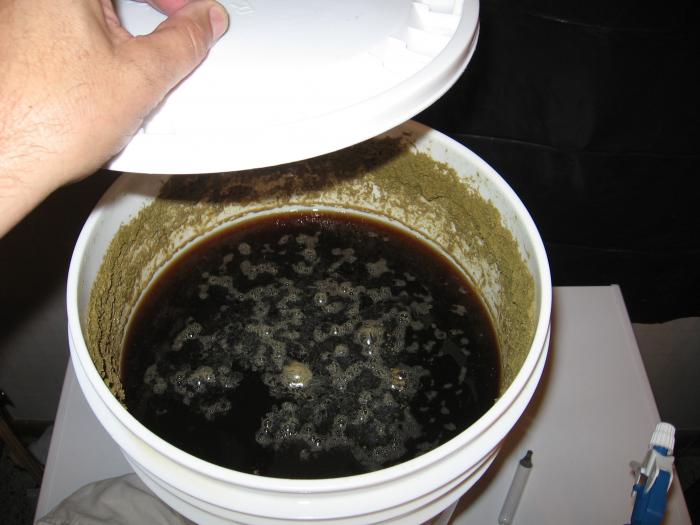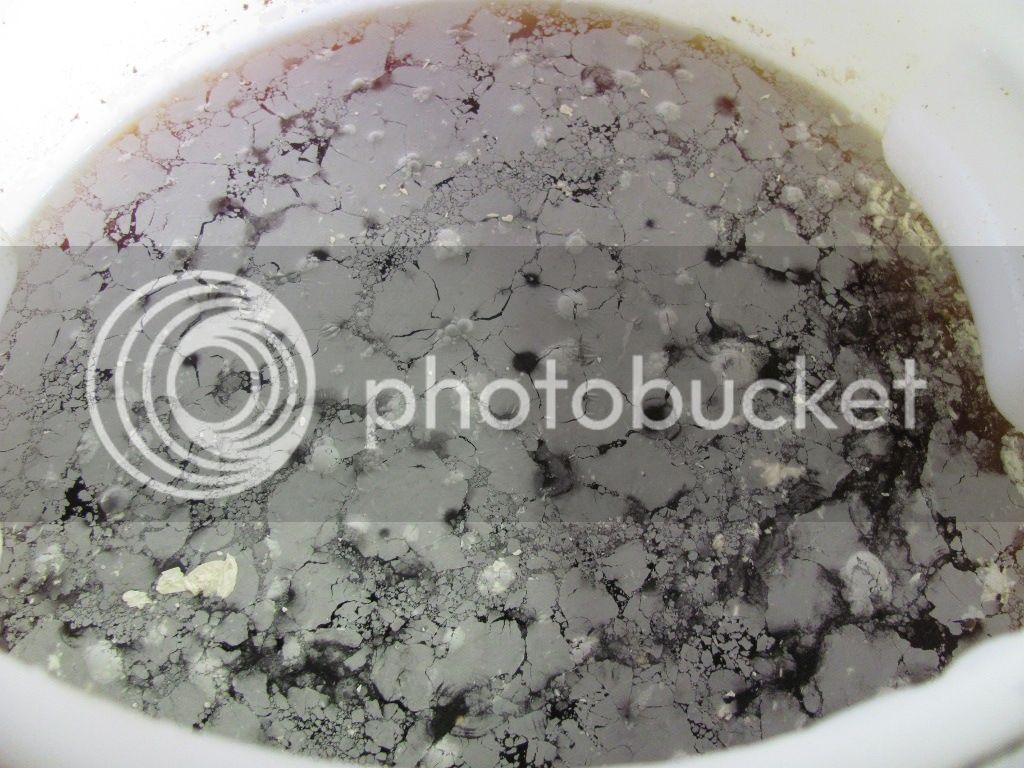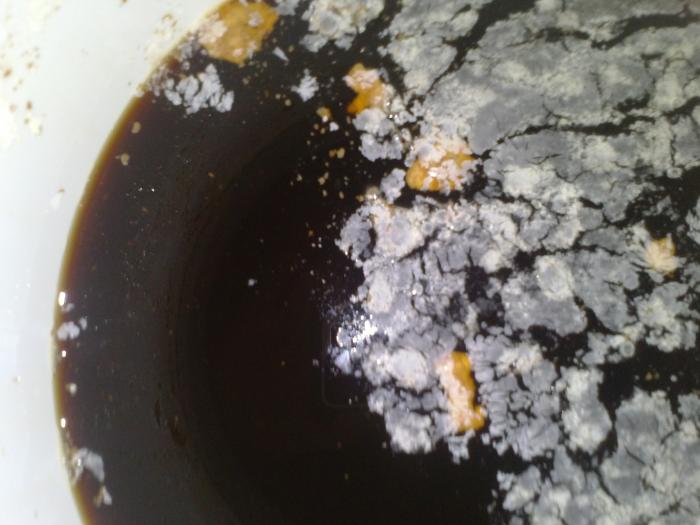1. Yes
2. Dunno. If the gravity was stable, likely ok. How long was it stable? What was the FG?
3. Til it's carbed... if you're worried about bombs, check it regularly. Take action if it seems to be getting very overcarbed.
4. Assuming it's lacto, or some other gram positive lactobacillaceae; a sour/tart acidic character can develop over time. Since your beer's a bit hop forward, lacto/pedio may not fully develop. They're shy around the hops.
5. I would. You can never be sure that you get all the microbes out of plastic. But.... there's dudes who use their plastic for both sours and clean beers. If you do the latter, make sure your sanitation game is second to none.
My $.02... if you run into this problem (or unexpected joy, depending on outlook) again, let the "infection" fully develop and work on the beer. Treat it like an intentionally inoculated sour. When the pellicle drops, begin taking gravity and pH readings. If the gravity and pH are stable, more importantly the gravity, over a few weeks, then package or blend.



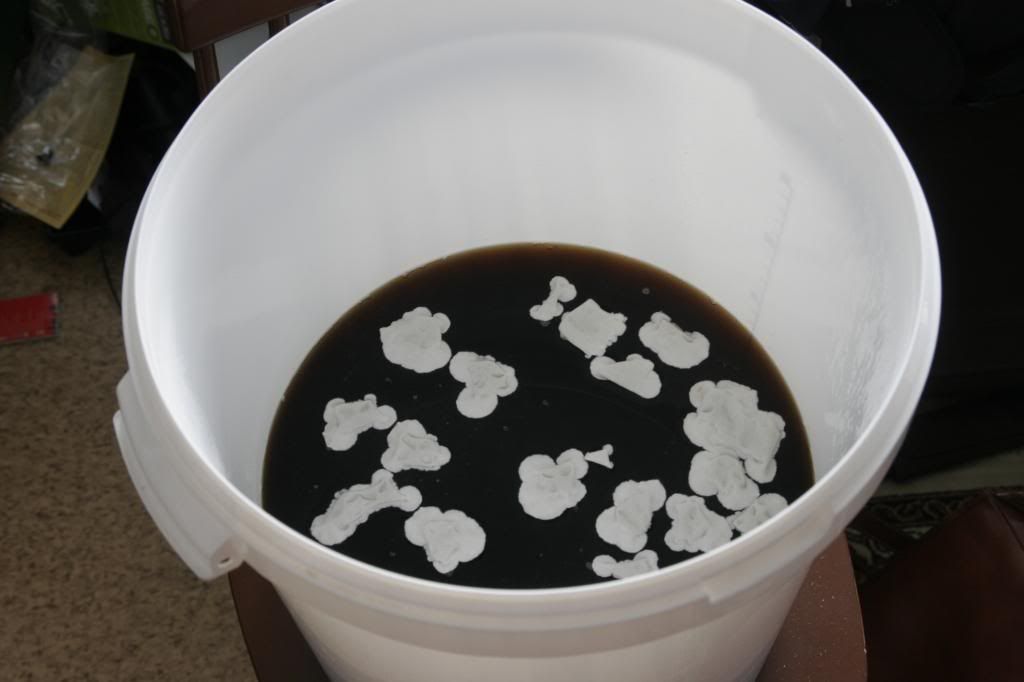
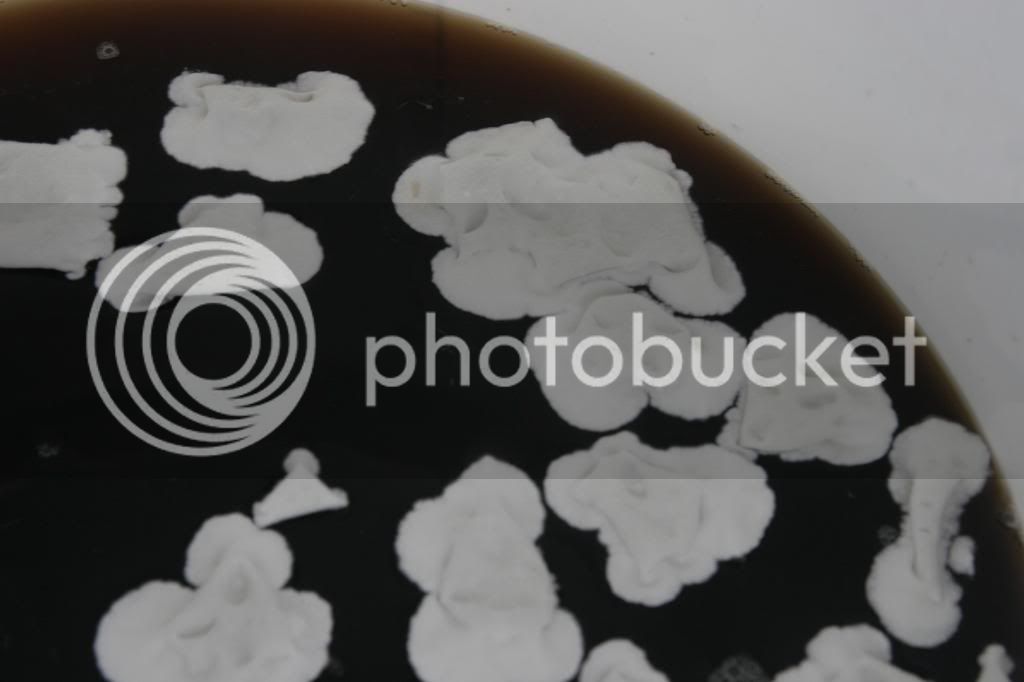
![DSC_0180[1].jpg DSC_0180[1].jpg](https://cdn.homebrewtalk.com/data/attach/107/107221-DSC-0180-1-.jpg)
![DSC_0179[1].jpg DSC_0179[1].jpg](https://cdn.homebrewtalk.com/data/attach/107/107222-DSC-0179-1-.jpg)



